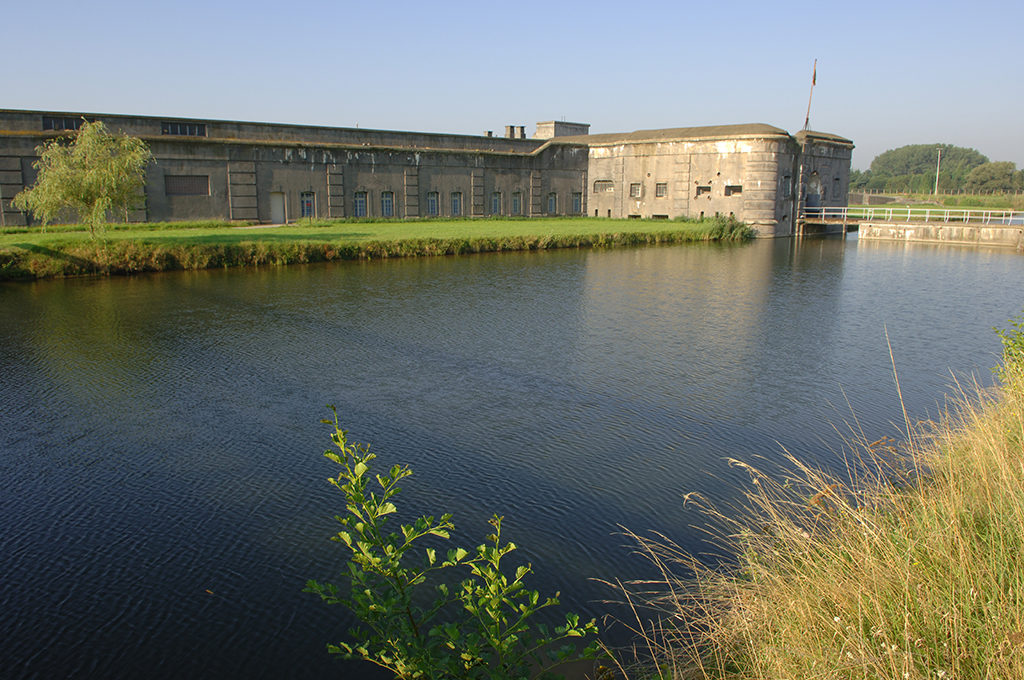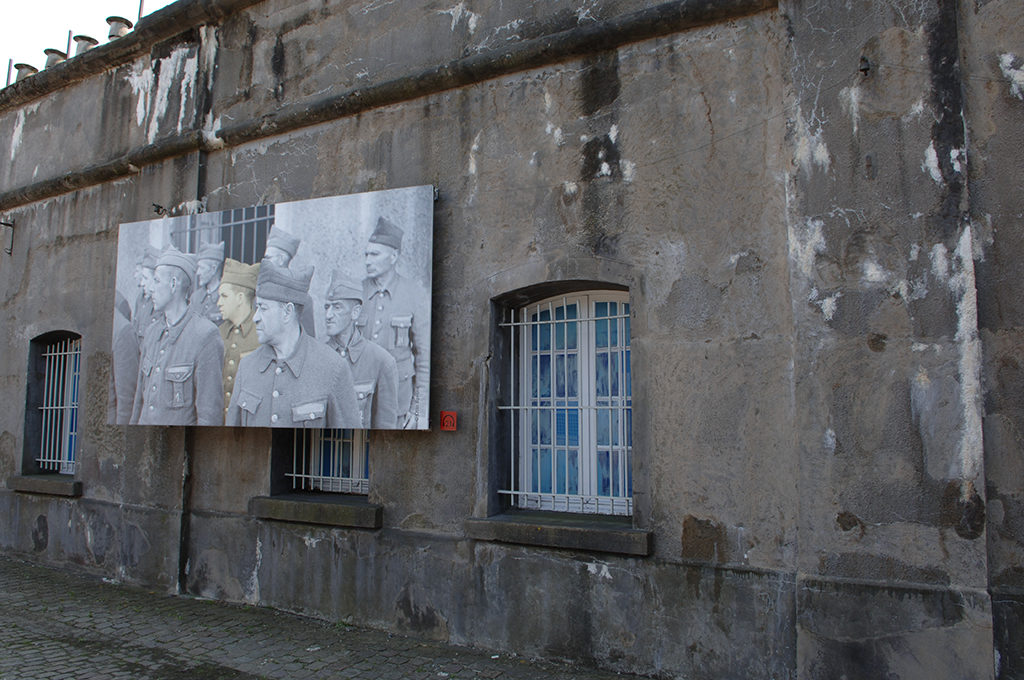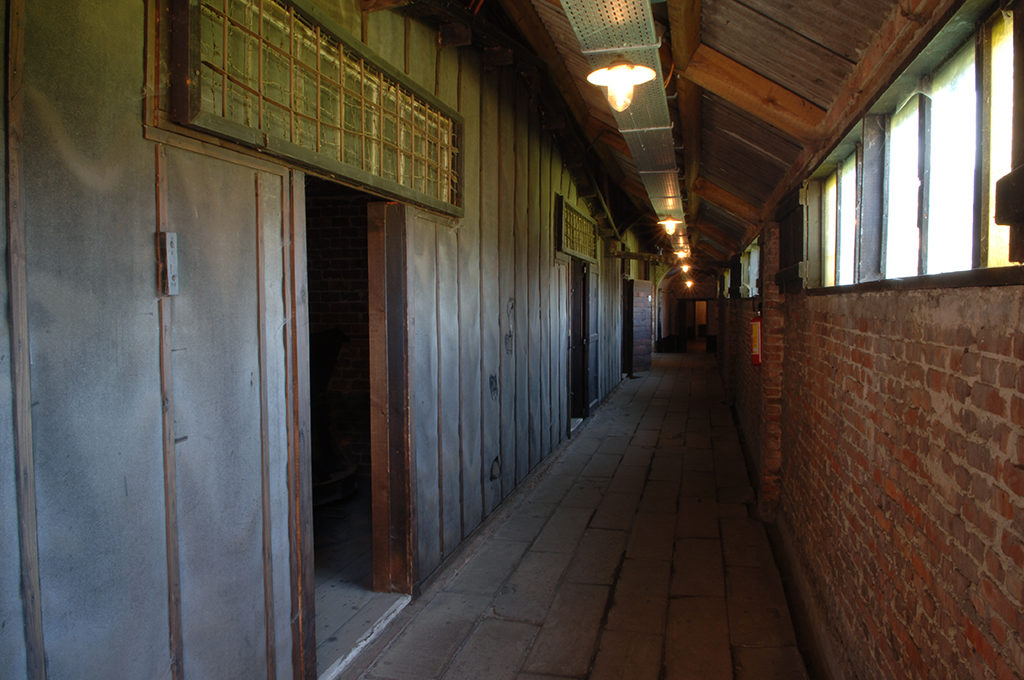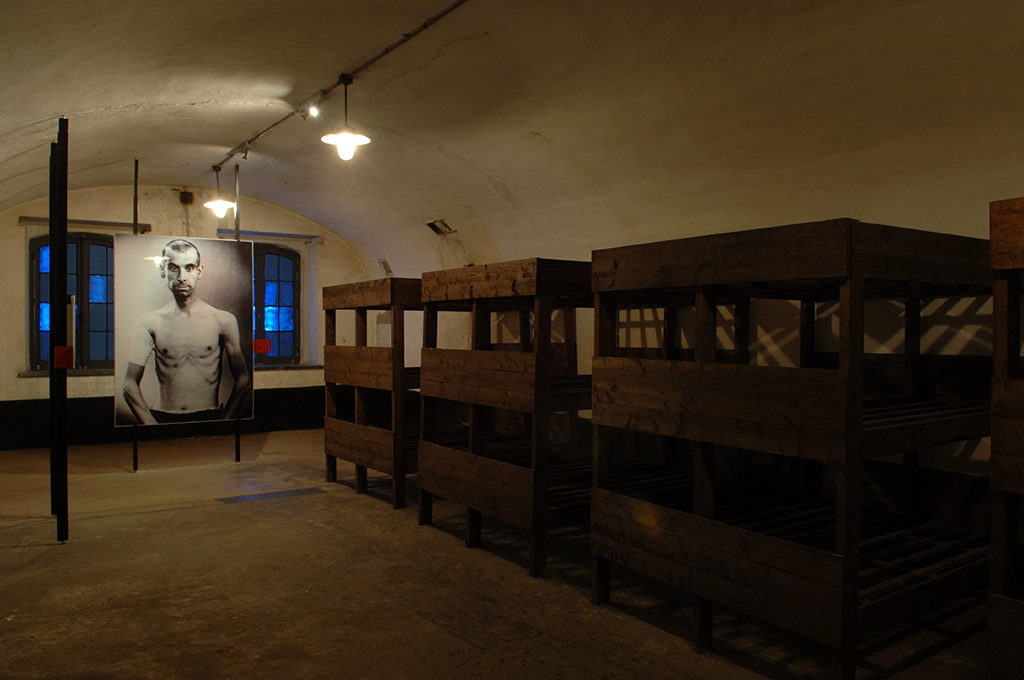- Museum
- Brandstraat 57, 2830 Willebroek, Belgique
- http://www.breendonk.be/EN/index.asp
- +3238607524 info@breendonk.be
Originally built to defend Antwerp, Fort Breendonk was a Nazi concentration camp from September 1940 till September 1944. Around 3,500 prisoners passed through this camp. Fort Breendonk is one of the best conserved concentration camps in Europe and is a symbol that perpetuates the memory of the suffering, the torture and the death of so many victims.
Early in the 20th century Fort Breendonk was built to protect the port and city of Antwerp. During the Second World War the Fort became officially the Auffanglager Breendonk, a transit camp and a major centre for the Sicherheitspolizei-Sicherheitsdienst (SIPO/SD), the German political police.
During the first year of the German occupation, Jews made up half the total number of prisoners in Fort Breendonk. From 1942 onwards Kazerne Dossin (Dossin Barrack) in Mechelen was the place where the Jews were assembled before their departure to the extermination camps. Fort Breendonk then mainly housed political prisoners and members of the Resistance. The prisoners stayed on average three months at the fortress, before being deported to a concentration camp in Germany, Austria or Poland. Even though Fort Breendonk was a small camp, the regime set up here by the Nazis hardly differed from that of the concentration camps in Germany. In Breendonk too undernourishment and forced labour wore down the bodies and minds of the prisoners. Here too the ever-present physical cruelty caused the death of prisoners.
On 31 August 1944 the Germans emptied the camp and sent their prisoners to Camp Vught in the Netherlands. Five days later the British liberators took over the camp and locked up German prisoners of war and ‘inpatriotic people‘.
In 1947 the Belgian Parliament made plans for the creation of the Memorial of Breendonk. Now, every year the National Association of Breendonk Survivors organizes a national pilgrimage on the site. A complete renovation of the exhibition area was carried out in 2003. The mission of the museum is to transmit to a new generation a message of tolerance, respect and human values.





